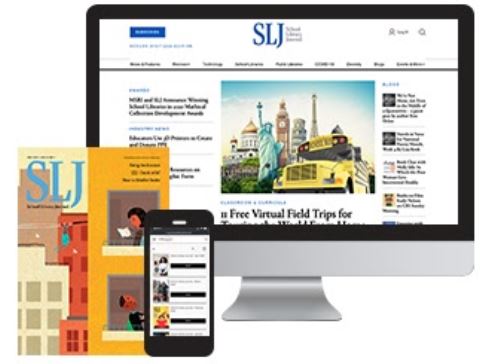Curriculum, Discussion Guides Help THUG’s Important Lessons Not Get Lost on Film
There's help for educators who want to bring lessons into the classroom after taking students to see The Hate U Give movie.
 There are plenty of lesson plans and curriculum guides available for classes studying the novel The Hate U Give by Angie Thomas. With many schools taking students to see the film adaptation since its October release, however, something was needed to get the most out of that experience. The messages and opportunity to learn and discuss plot, themes, and larger societal issues were not lost in translation from page to screen.
There are plenty of lesson plans and curriculum guides available for classes studying the novel The Hate U Give by Angie Thomas. With many schools taking students to see the film adaptation since its October release, however, something was needed to get the most out of that experience. The messages and opportunity to learn and discuss plot, themes, and larger societal issues were not lost in translation from page to screen.Twentieth Century Fox Films and BazanEd, a resource for K–12 educators offering free teaching materials related to narrative films, documentaries, and more, have met that need with a curriculum and discussion guide for middle school, high school, and college.
All lesson plans meet Common Core and NCSS standards, according to the companies. The guides, available free at bazaned.com, are supported by additional materials, including video clips from the film, video interviews, digital photos, and printed resources.
Teachers Celena Jenkins and Tyfany Marenco took their seventh and eighth grade students from KIPP DC Will Academy in Washington, DC, to see the movie and adapted the materials and information in the guides to create class-specific lessons and discussion plans for before and after they saw the film.
“Knowing the structure of our school and how students learn, I basically pieced it together,” says Jenkins, the seventh grade English teacher. “I pulled activities I knew would be more relevant and more engaging for our students. [The curriculum] did have a lot of different things. It addressed music, police brutality, and the history of the Black Lives Matter movement.”
For the eighth graders, Marenco chose an element she thought would be of particular interest to them—a curriculum that connected to social media and activism. It allowed her to offer the students who were feeling angry and frustrated by the story of an unarmed black teenager being shot and killed by police—and the personal connection they felt to that story—a way to focus on taking positive action toward change in the future.
“One really cool thing about the curriculum is it also gives social media curriculum, which shows kids that there are ways to get involved in this movement without the idea of violence,”
says Marenco.
“How can you use your social media to change the world? What petitions can you sign? How can you get more educated about the movement? About police brutality? How you can go out and be a better person and promote social change in a positive way?”
The lesson suggested specific actions.
“We were able to show students how they can hashtag, how they can volunteer in the community and help out a little more, and how that would also promote social change,” she says.
Both Jenkins and Marenco have the novel available in their classroom libraries, and students have used it for book groups and independent reading. They do require parental consent for students to read it at school because of the language and subject matter.
They estimated about half of their students had read the entire book before seeing the movie. The entire eighth grade had read the first chapter for a project last year that required them to do an analysis comparing the chapter to Clint Smith’s TED Talk, “How to raise a black son in America.”
 For those who hadn’t read the book, though, Jenkins didn’t want the opportunity to be lost. She wanted those students, particularly those who might have been intimidated by the novel’s 451-page length, to see the movie and “open up a conversation” about the important issues discussed.
For those who hadn’t read the book, though, Jenkins didn’t want the opportunity to be lost. She wanted those students, particularly those who might have been intimidated by the novel’s 451-page length, to see the movie and “open up a conversation” about the important issues discussed.
“Because of the population of students we teach—with them being low-income, African American living in neighborhoods similar to the neighborhood in the book—I felt it was something they could connect to,” she said. “And because they could connect to it, they could really understand the heavier topics and the mission. The setting and the message made it seem really important that they saw it.”
All students except one went to see the movie with the school. That seventh grade boy saw it with his father, who used the discussion guide to talk about the film with his son.
The class trip was paid for through DonorsChoose.org, funded in part by BazanED and completed with a matching gift from the James & Alice Clark Foundation.
RELATED
The job outlook in 2030: Librarians will be in demand
The job outlook in 2030: Librarians will be in demand
ALREADY A SUBSCRIBER? LOG IN
We are currently offering this content for free. Sign up now to activate your personal profile, where you can save articles for future viewing






Add Comment :-
Be the first reader to comment.
Comment Policy: